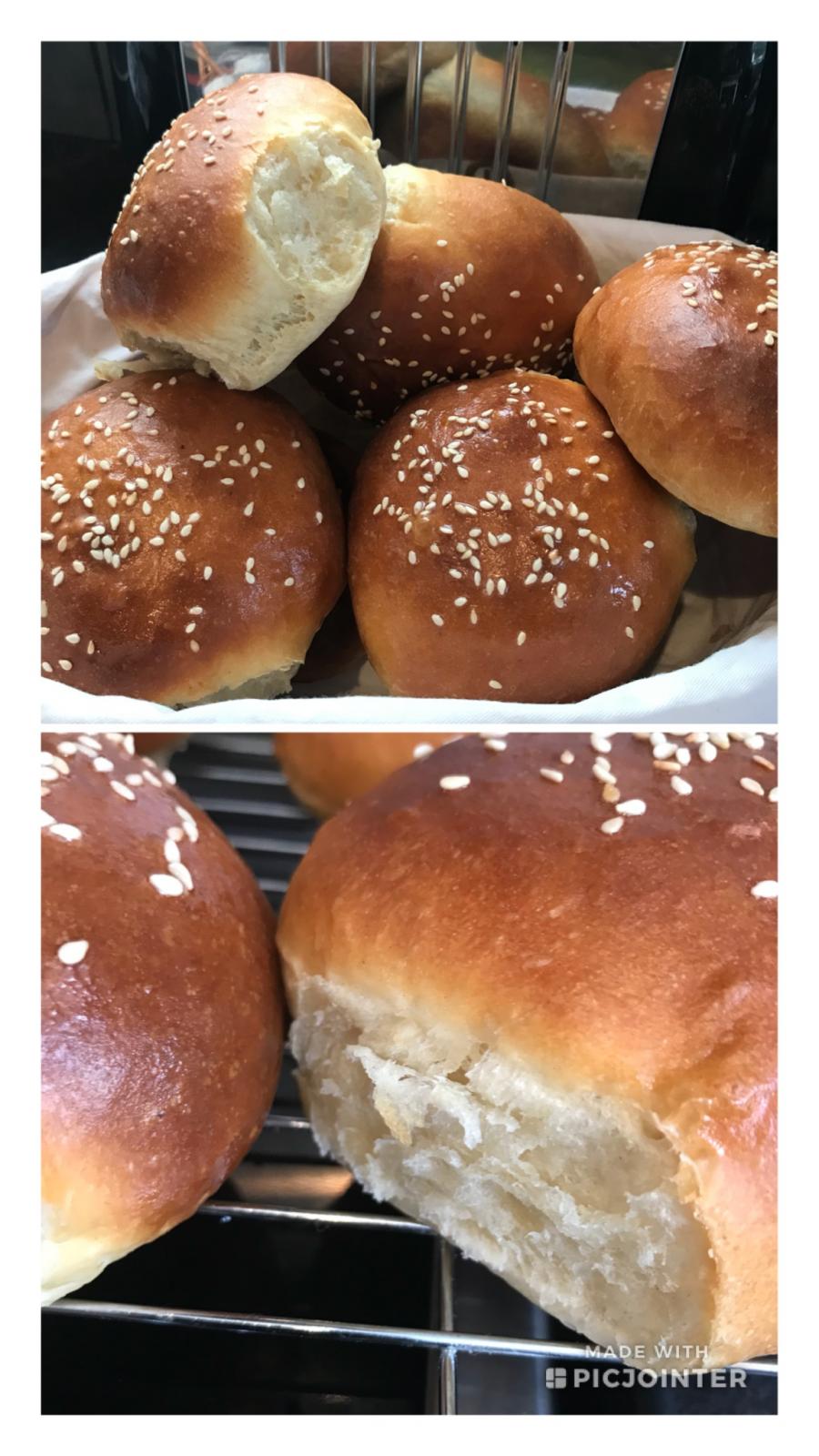
High Hydration Proofing Issues
Hello! New to this forum and super impressed with the all the awesome exchanges. I've been baking basic tin loaves forever: basic hearth loaves, silky Hokkaido milk loaves, etc., and they turn out great. Kneading, rising, proofing, etc is almost second nature to me. I've recently ventured into high-hydration (80%) rustic/artisan type breads employing a preferment (eg biga), and stretch and folds. Here are the questions/problems I'm encountering:
After the bulk ferment and shaping of the dough, I find that the final proof just doesn't rise like it does in the bulk ferment, and NOTHING like the rise I get when making regular sandwich loaves with 65/67% hydration and bread flour (high-protein flour). Also, whereas I wouldn't dare to proof my sandwich loaves beyond and hour in normal warm conditions, most artisan bread recipes call for 2 hour proofs! And even then my dough in the banneton barely rises. Why does it rise so much in the bulk fermenting, but barely in the final proof? How do you check if a high hydration dough is over-proofed? Or is it normal for it to not rise as much as a lower-hydration dough?
Also, are you supposed to do any de-gassing (however gently) after bulk fermenting when dealing with high-hydration dough?
Lastly, if you choose to retard your final proof in the fridge, would you let it warm to room temp before popping it into the oven, or bake it immediately after taking it out of the fridge?




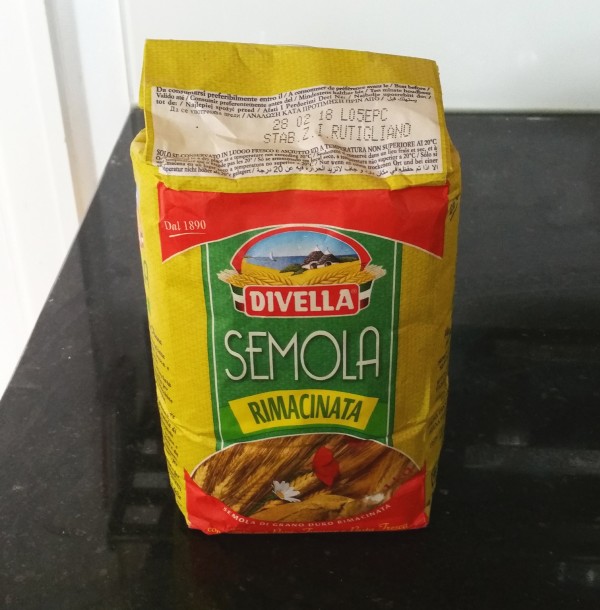
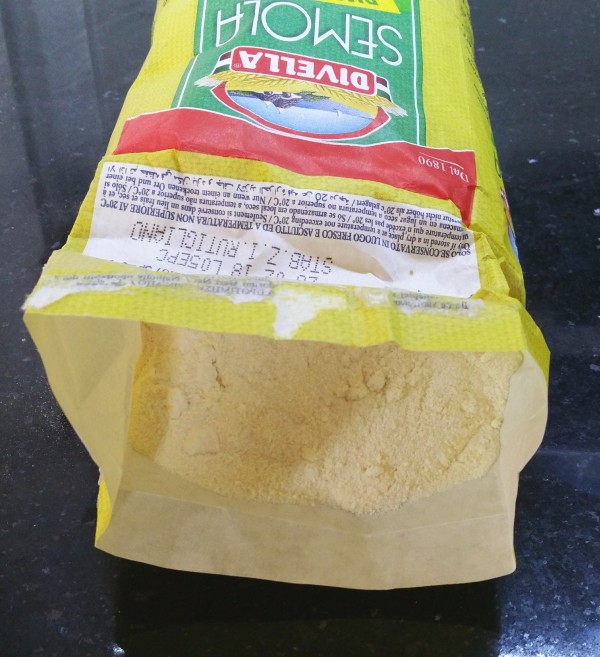
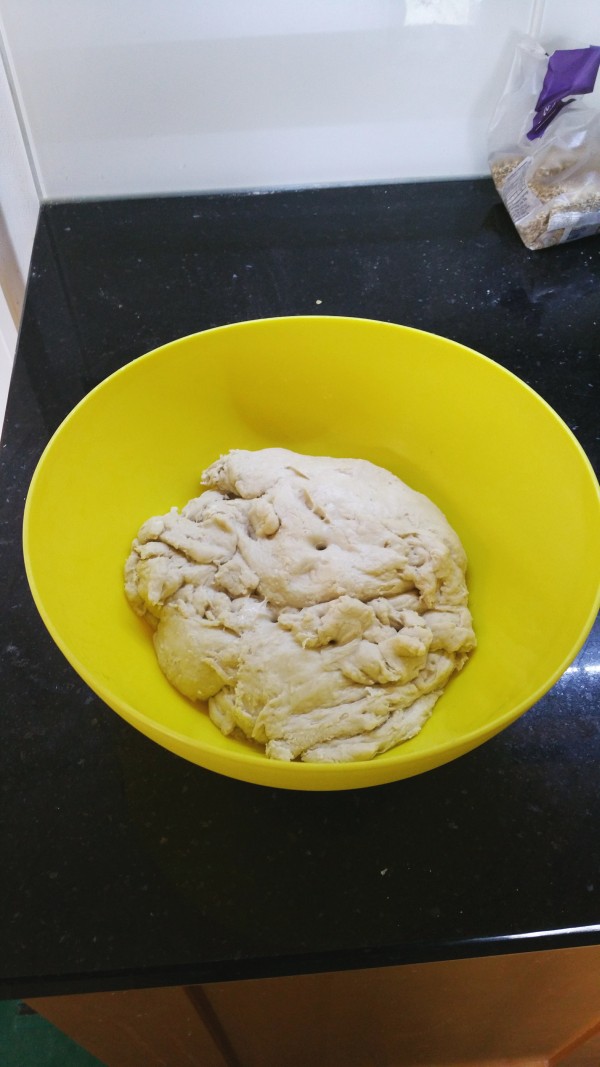
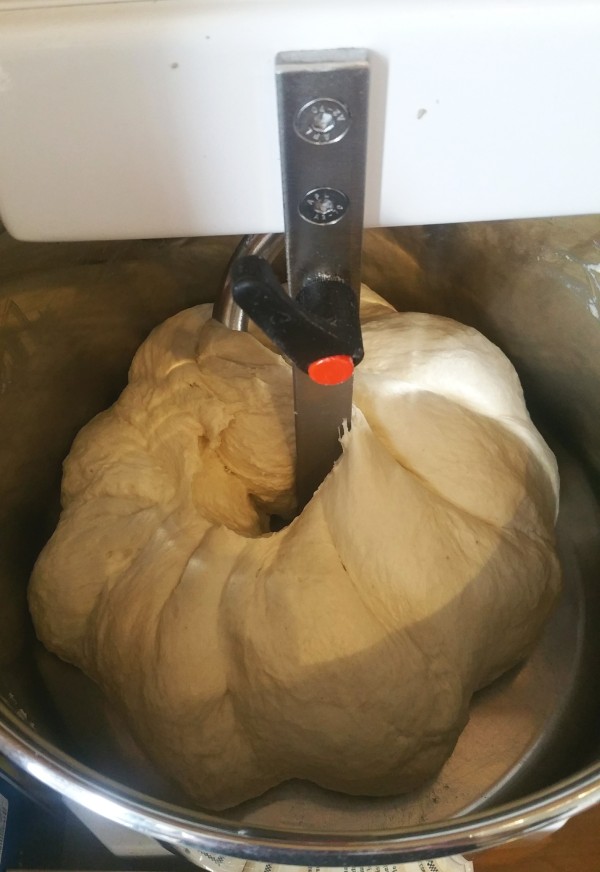
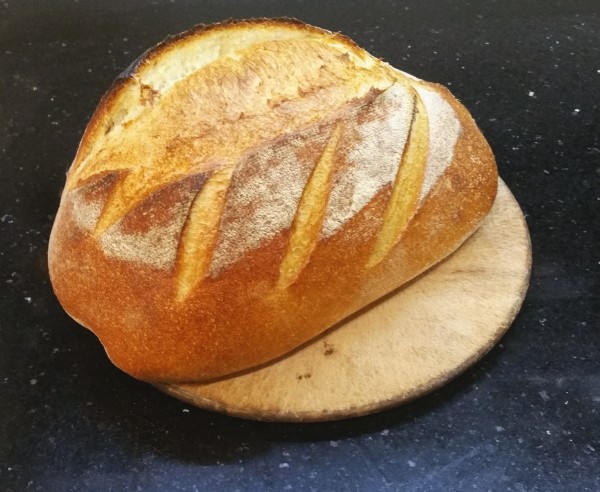
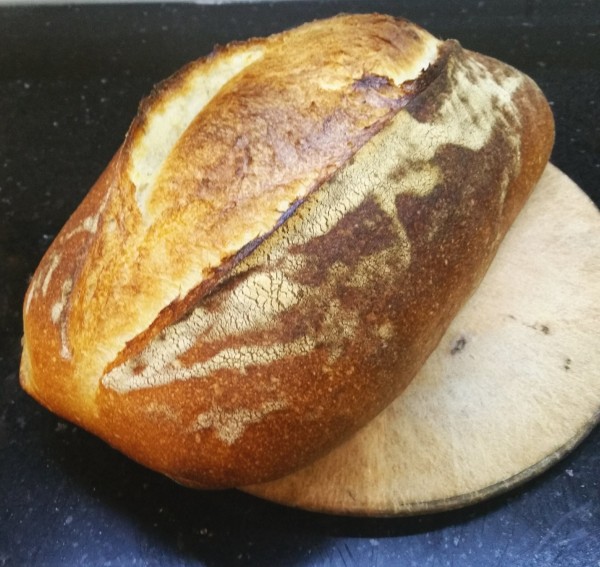
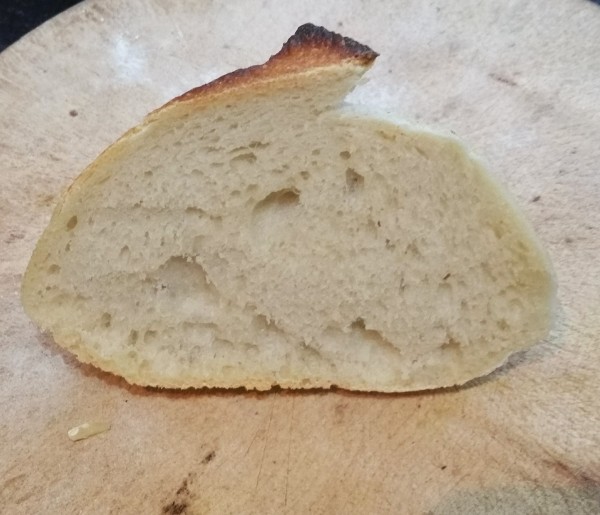


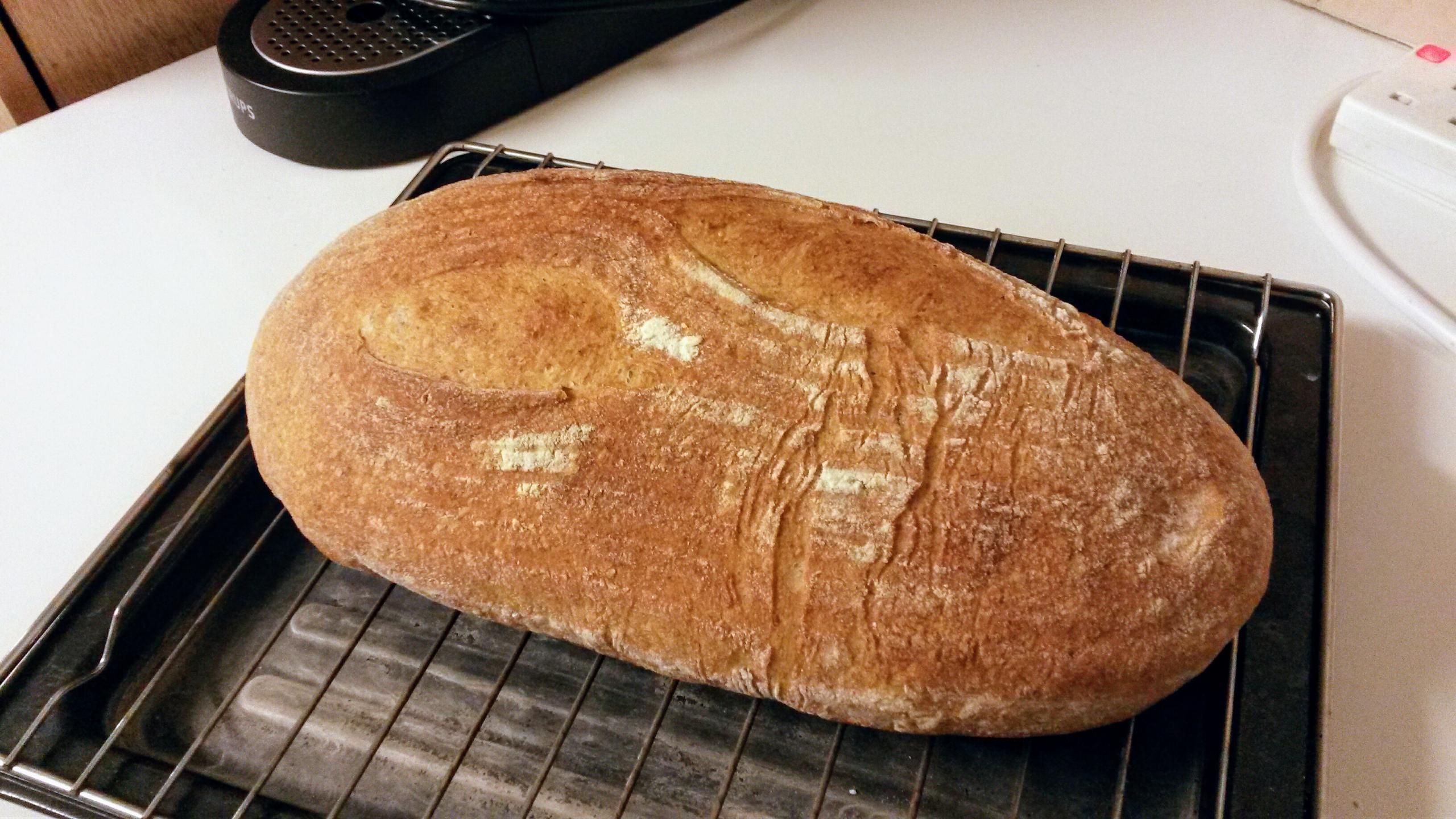








 So I took out the other half dozen out of the fridge and let them warm up about 45 minutes on the counter before baking. The second batch had very slightly better oven rise and I got a deeper colour on the crust for some reason.
So I took out the other half dozen out of the fridge and let them warm up about 45 minutes on the counter before baking. The second batch had very slightly better oven rise and I got a deeper colour on the crust for some reason. 



